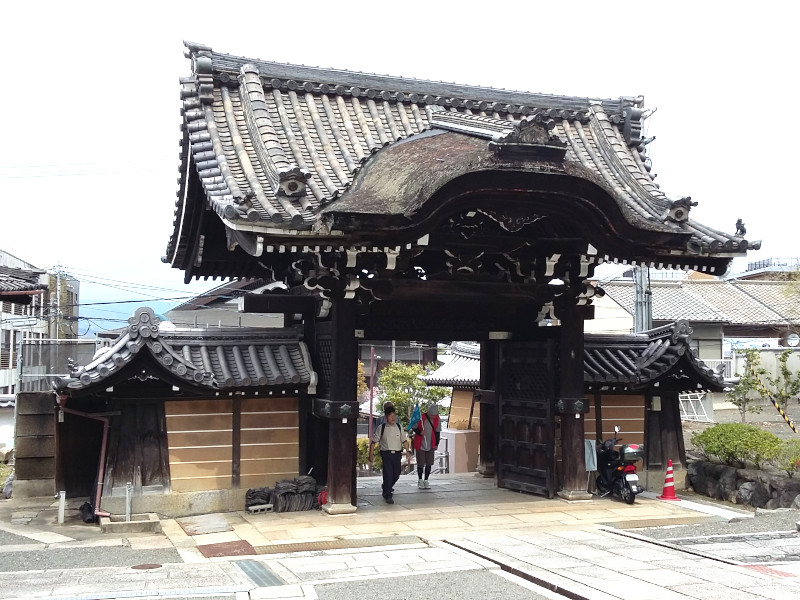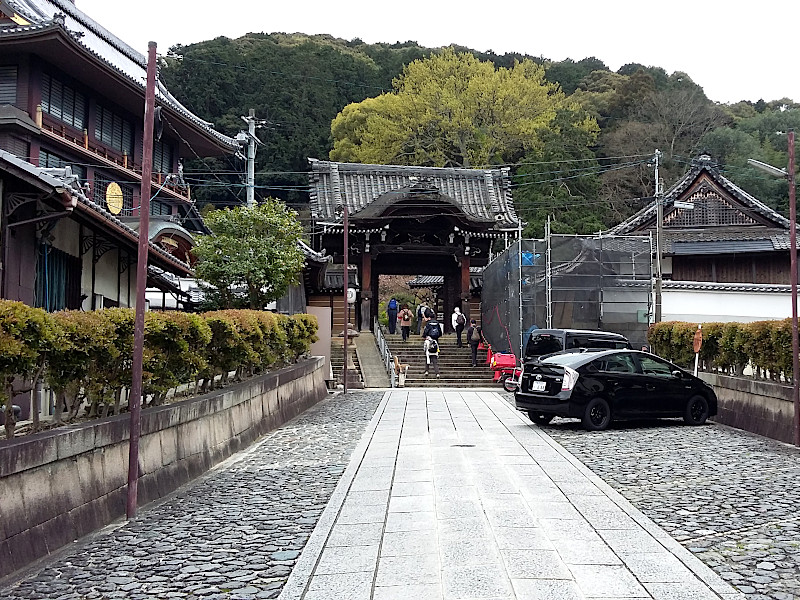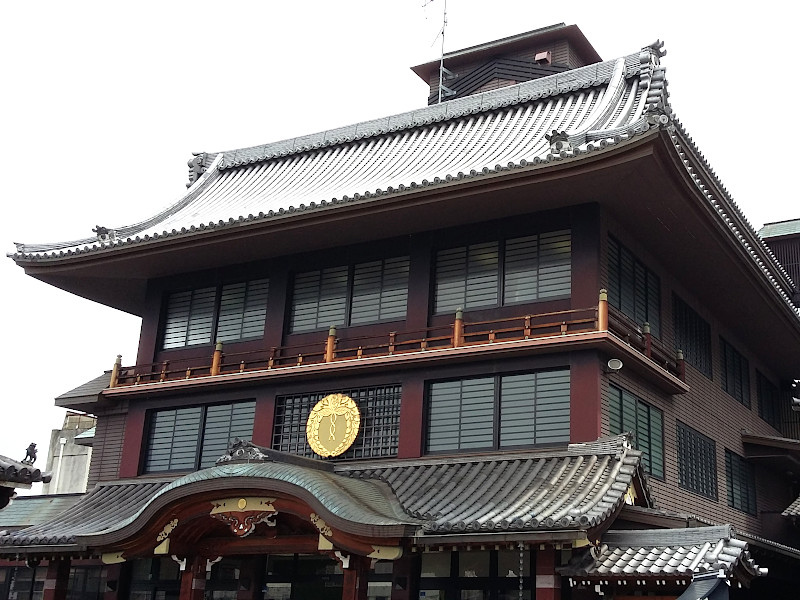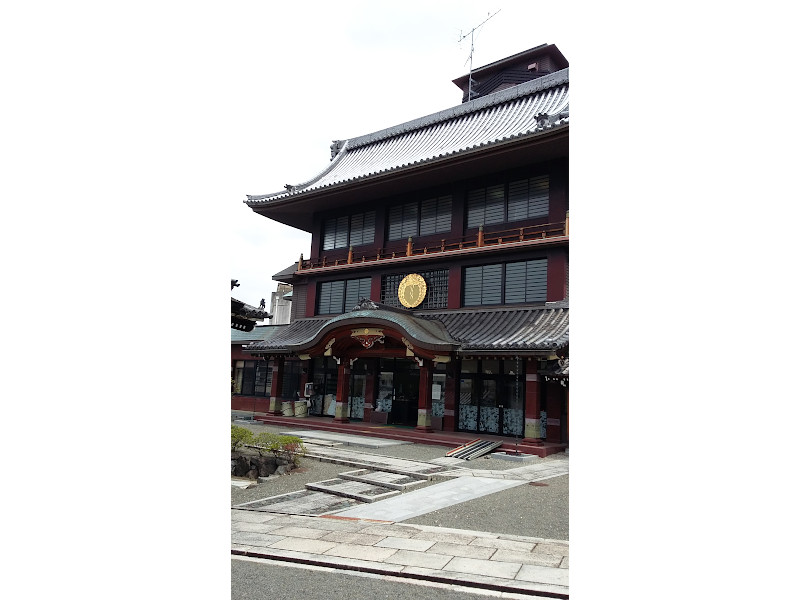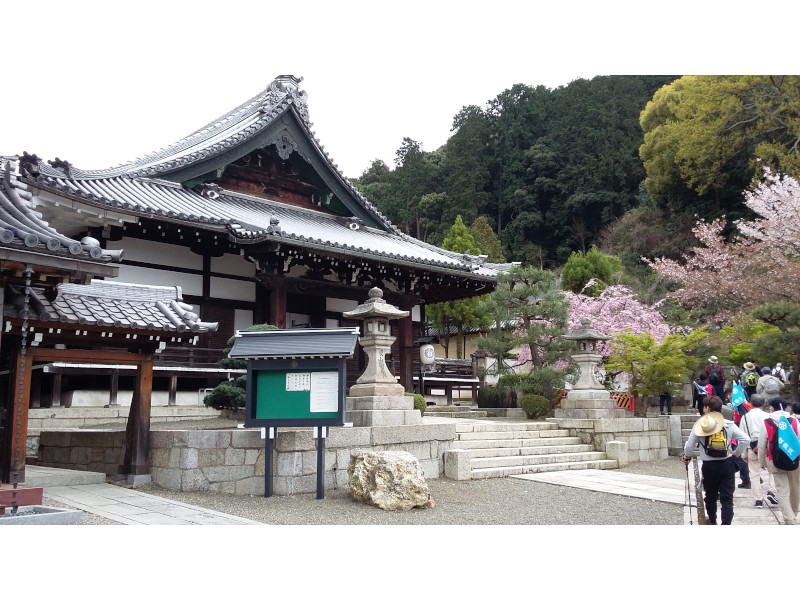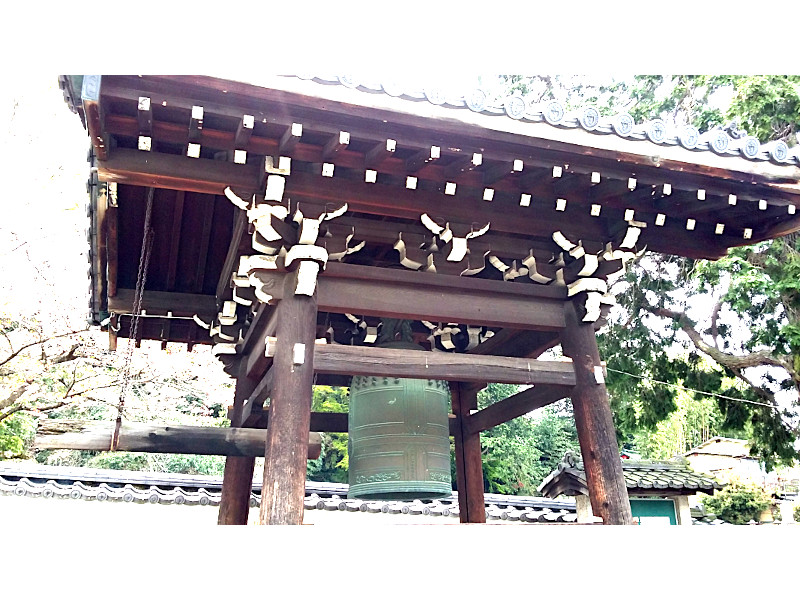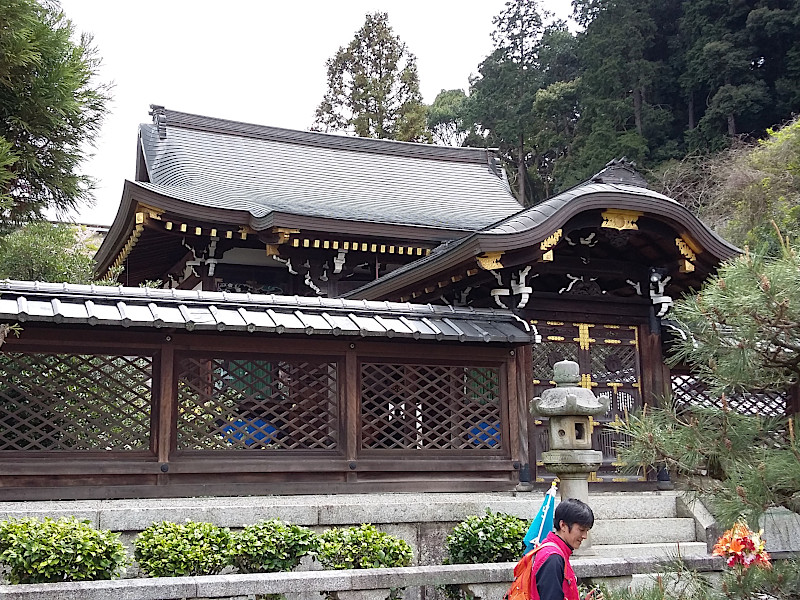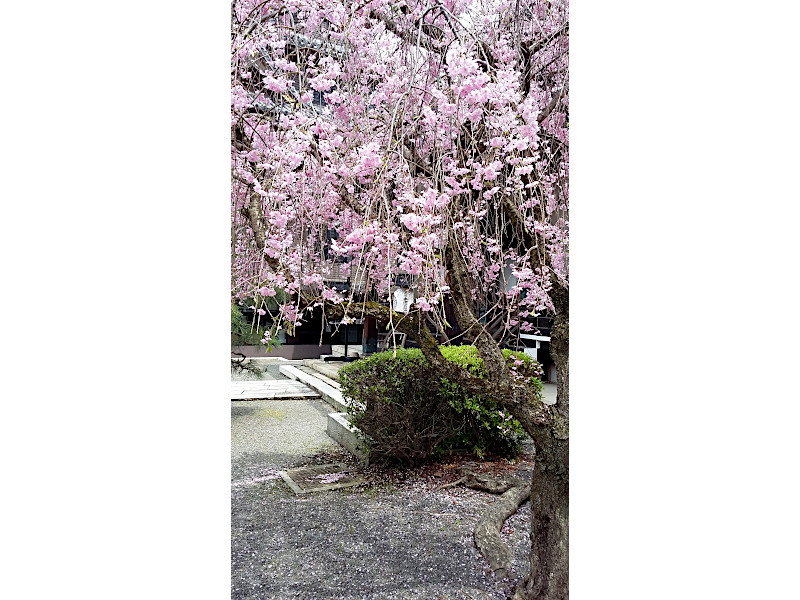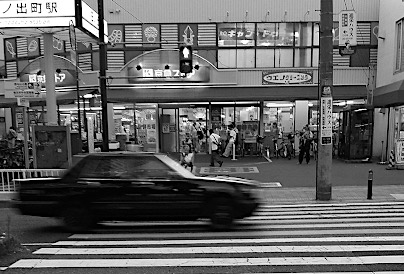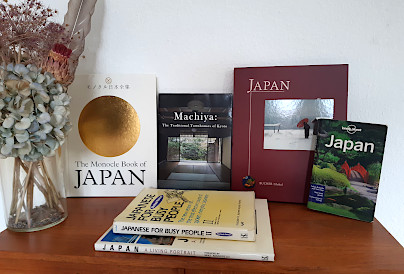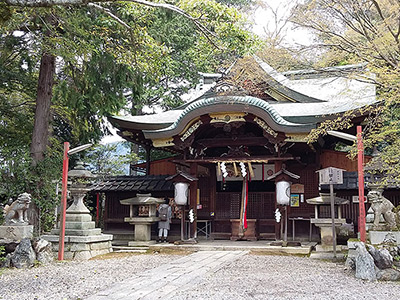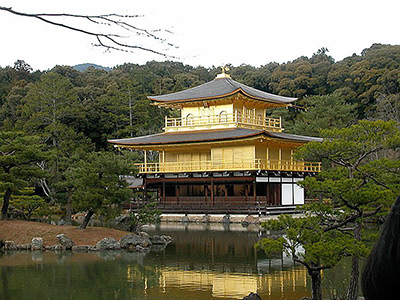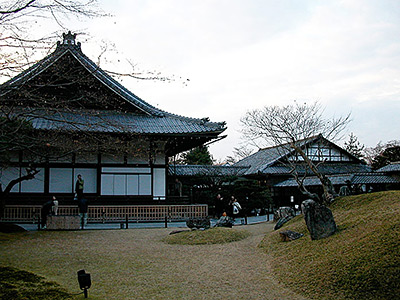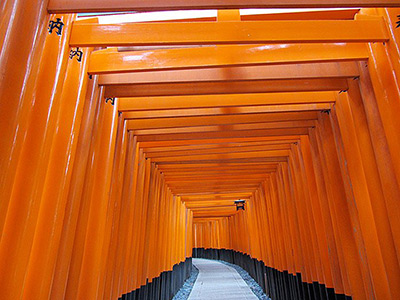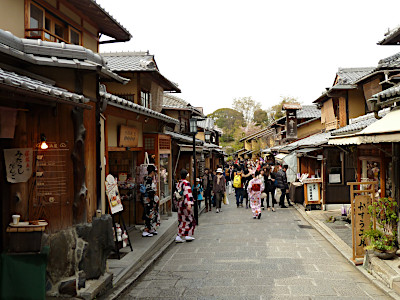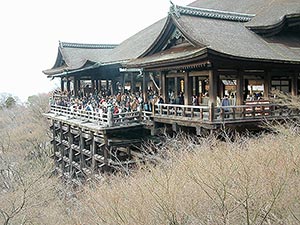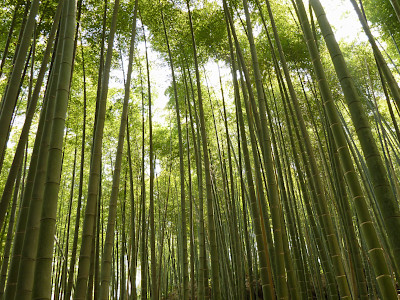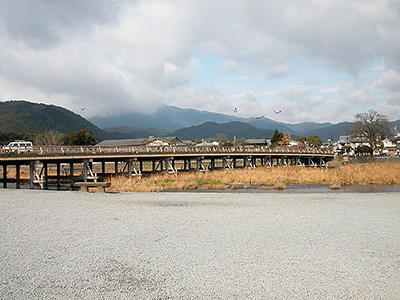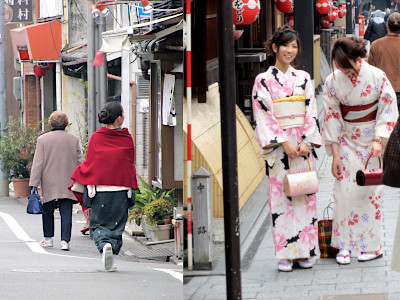Bukkoji Mausoleum (Bukkoji Honbyo) in Kyoto
This post can contain affiliate links, which means that we may receive a small commission if you make a purchase using these links.
Facts & Figures
Bukkoji Mausoleum (Bukkoji Honbyo) is a Buddhist temple within the Higashiyama District in Kyoto. Once you enter the temple grounds through the beautiful Karomon Gate you will see on your left side the huge four-story main hall building. This place has a huge importance for the follower of Shinran Shonin (1173 - 1263). He was a monk and founder of the Jodo Shinshu sect of Japanese Buddhism (Pure Land sect of Buddhism). His mausoleum can be found within the temple grounds and is called Otamaya. People who admired him wanted to be buried close to his mausoleum. Now you can find here more than 2500 graveyards and over 1500 remains within the Kojudo Hall (Charnel House). My tip: When you come here there is a high chance to witness a traditional Buddhist ceremony.
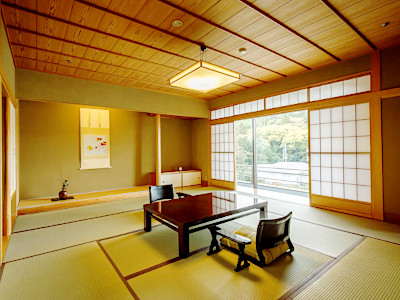 Explore Ryokans in Kyoto >
Explore Ryokans in Kyoto >
Ryokans are the perfect way to discover old Japanese culture and traditions.
- Bukkoji Mausoleum:
- Admission Fee - free
My tips for local activities
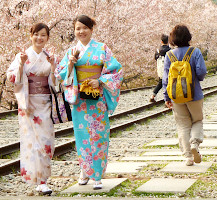
How about exploring the best parts of my favourite city Kyoto with a local guide? The personalized tour by our partner GetYourGuide can take between 2 - 8 hours. For more details check out this page >
History
The Bukkoji Mausoleum (Bukkoji Honbyo) in Kyoto is dating back to the 14th century. It is a graveyard for the Bukkoji Temple, which can be found in central Kyoto. Japanese monk Shinran Shonin (1173 - 1263) were originally enshrined within the Honzan Bukkoji Temple. During the Genroku period (1688 - 1704) the mausoleum was moved to the current location. Therefore it became an important pilgrimage site for his followers.
Location

Bukkoji Mausoleum is located within the Higashiyama District in Kyoto near Awata-jinja Shrine.
Address: 14 Awadaguchi Kajicho, Higashiyama Ward, Kyoto, 605-0051
How to get to Bukkoji Mausoleum?
- 30min from Kyoto Station to Jingu-michi stop by bus number 5 or 100 and
- 10min walk from Jingu-michi stop to Bukkoji Mausoleum
Sightseeing spots
Top:
Karomon Gate - This impressive entrance gate with beautiful wooden carvings was constructed in the middle of the Meiji period (1868 - 1912).
Higashiyama Cemetery - Thousands of Shinran Shonin followers are buried at the cemetery.
Main Hall - The four-story building was my personal architectural highlight of the temple area.
Otamaya (mausoleum) - The remains of Shinran Shonin are buried here.
Festival & Events in Kyoto (dates can change without notice)
March
Higashiyama Hanatouro Festival (Early - Mid March)
The illumination of local temples and roads by thousands of lanterns in the Higashiyama neighbourhood last for 10 days and starts at 6pm until 9:30pm. It is an unforgettable experience.
April
Miyako Odori (1st - 31th)
The traditional annual spring dance of the Kyoto district Gion Kobu performed by Geiko and Maiko is a must-see on your Kyoto visit. Don't miss the most popular dances the Miyako Odori "Cherry Blossom Dances" or "Dances of the Old Capital" at the Gion Kobu Kaburenjo Theater (located close to Gion Corner).
May
Aoi Matsuri (15th)
The highlight of this festival is a large parade from Imperial Palace through Shimogamo Shrine to the Kamo Shrines. More than 500 people wearing aristocratic costumes from the Heian Period (794 - 1185). The Aoi Matsuri belongs with the Gion Matsuri and Jidai Matsuri to the three most famous festivals in Kyoto.
July
Gion Matsuri (whole month)
The month July is full of different events like the Yoiyama - Kyoto's Magical Night (locals in kimonos look at the giant Gion floats the day before the parade) or the famous Yamaboko Junko (float procession on the 17th of July).
October
Jidai Matsuri ("Festival of Ages") (22nd)
People celebrate with a large parade between Imperial Palace to Heian Shrine the anniversary of the foundation of Kyoto. App. 2000 participants wearing historical costumes from different time periods. Enjoy this great festival which last around 2 hours.
Where to stay in Kyoto?
Day trips from Kyoto:
My 100 Best Moments in Japan
I have visited Japan nearly every year since 2004. This is my collection of the 100 best moments in my favorite country. Enjoy the pictures and I hope you will start your own journey soon.
Find out more >
Books about Japan
Reading books is a great source of inspiration for me. Check out my recommended list of books about the fascinating country Japan.
My Book recommendations >

